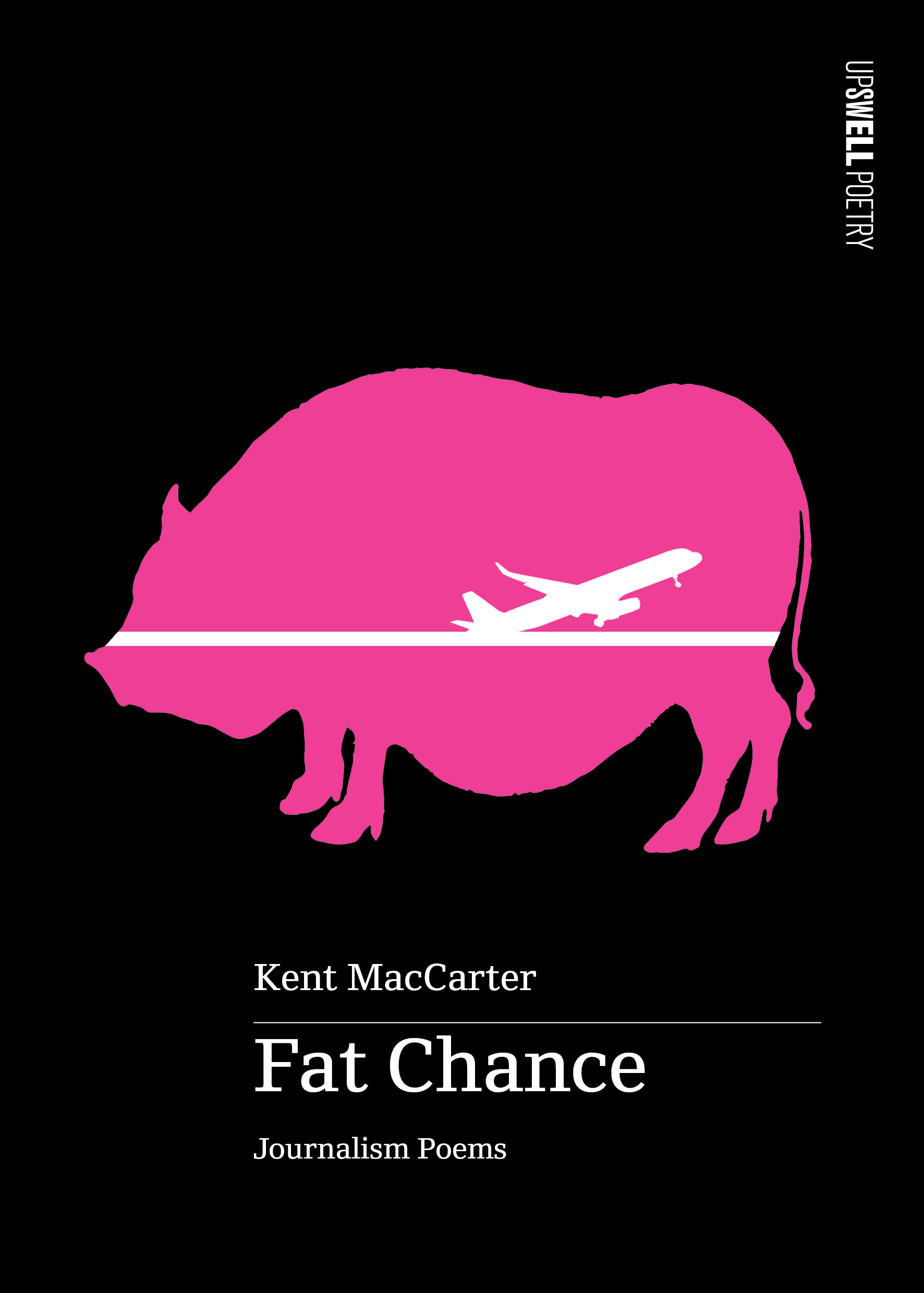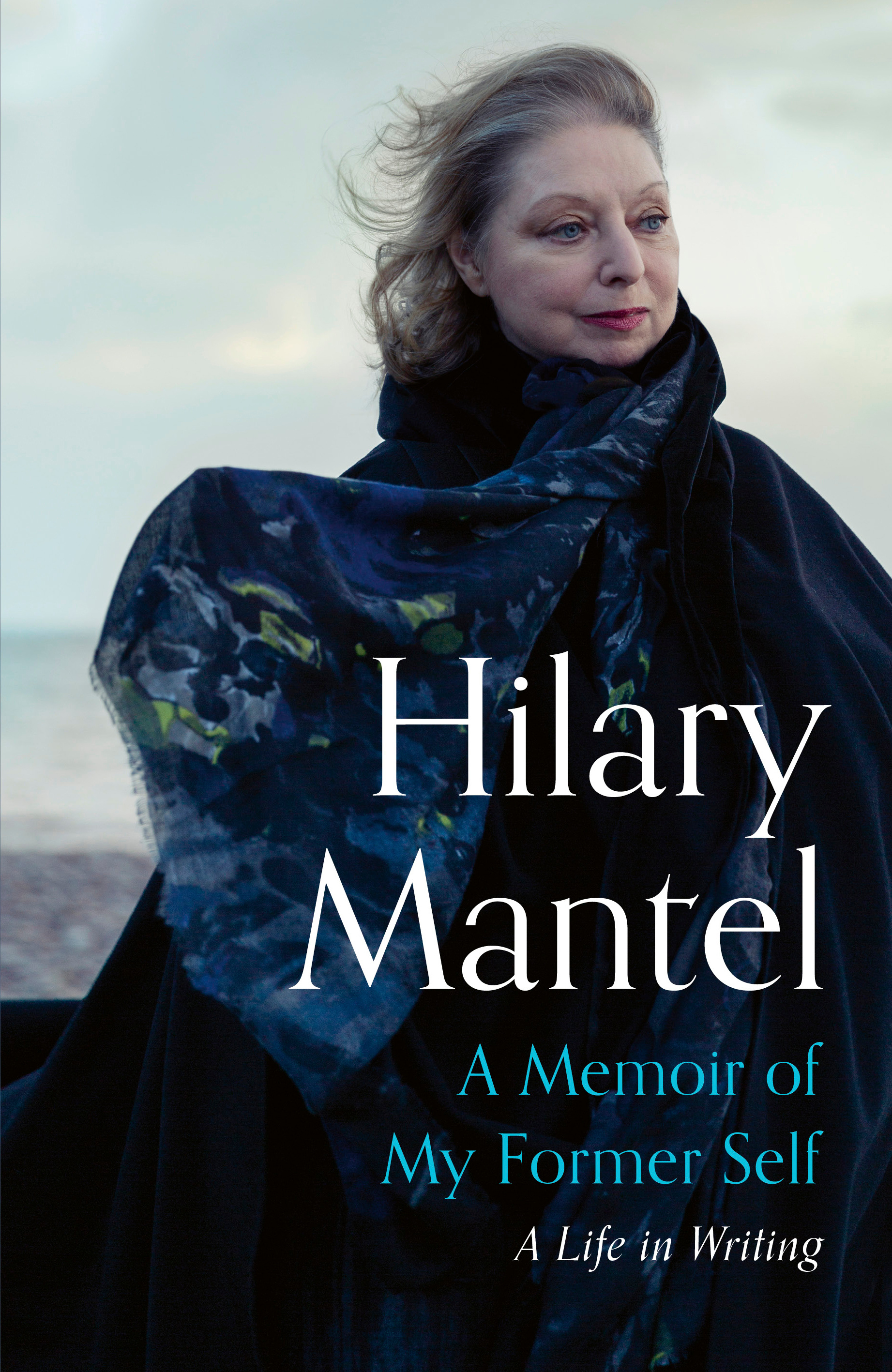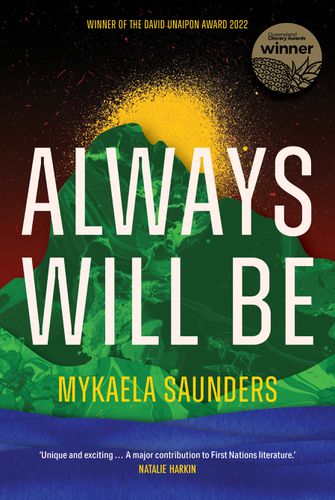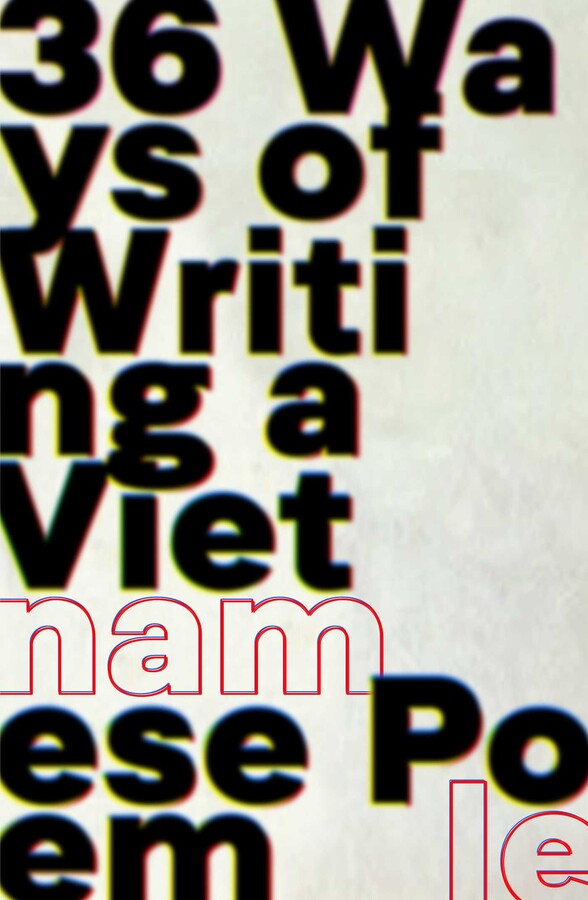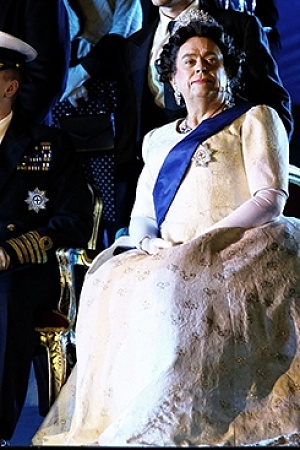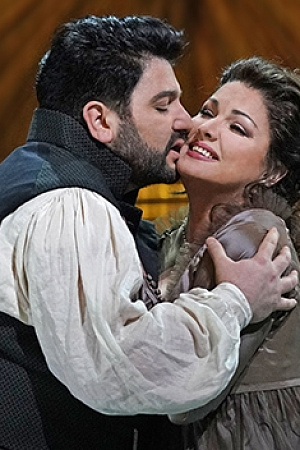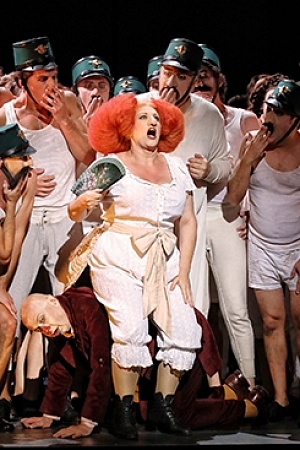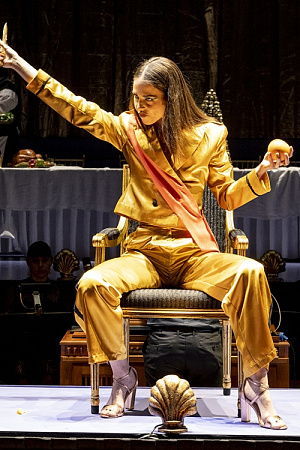Attila
The fearsome figure of Attila the Hun (406–53 CE) has always had a bad press, yet in Verdi’s opera of 1846 he emerges as the most sympathetic and nuanced character of a group of three other rather unlikeable, two-dimensional principals, all of whom plot his final demise. During the course of the opera, Attila emerges as a somewhat naïve, trusting character, and shows great respect for his avowed enemy, the Roman general Ezio. Yet it does not end happily for Attila, ultimately done in by the three of them; almost certainly not a historically accurate depiction.
Patronisingly, it was for many years the accepted view that Verdi’s operas of the 1840s, written during the so-called anni di galera (years in the galleys) were drudgery and of poor artistic quality, with Verdi only achieving artistic maturity towards the end of the decade. These works are certainly formulaic in terms of dramaturgy and musical structure, but as in earlier nineteenth-century Italian operas by Rossini, Donizetti, and Bellini, what the individual composer is able to achieve within these formal constraints is crucial. Of course, our view of Verdi is indelibly coloured by what came later. Certainly, the early works are not masterpieces when compared with the middle and late period, but it’s a hard-hearted opera goer who does not feel the blood warm and the heart race hearing excellent singers tackle this vibrant music.
Continue reading for only $10 per month. Subscribe and gain full access to Australian Book Review. Already a subscriber? Sign in. If you need assistance, feel free to contact us.

